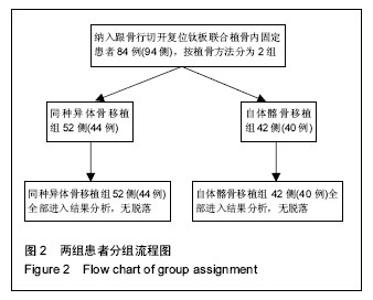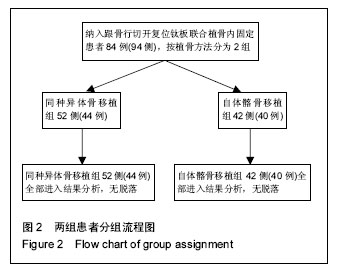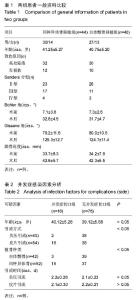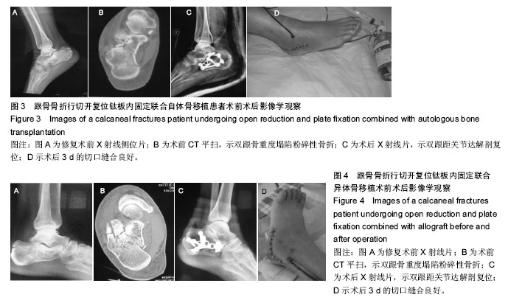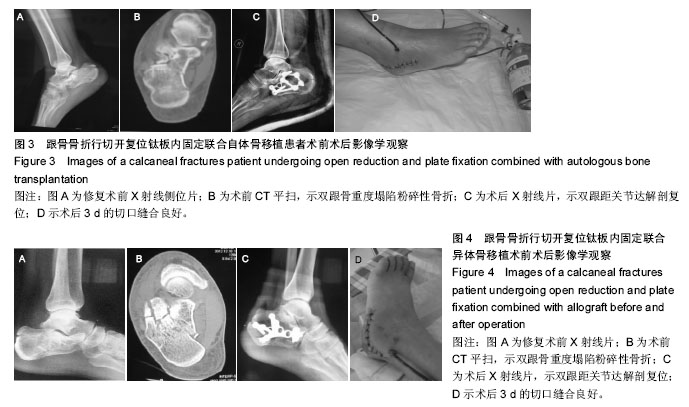| [1] Liu PC, Yang YJ, Liu R, et al. A study on the mechanical characteristics of the EBM-printed Ti-6Al-4V LCP plates in vitro. J Orthop Surg Res. 2014;9:106.
[2] 代加楠,杨志奎,李鹏,等.跟骨解剖型钛板治疗累及关节面的跟骨骨折[J].临床骨科杂志,2015,18(2):239-240.
[3] 杨振军,何新泽,孙勃,等.改良“L”型切口治疗跟骨骨折疗效及并发症相关因素研究[J].中国矫形外科杂志,2015, 23(12):1123-1126.
[4] 贡小强,徐东来,曹旭栋,等.可塑性钛钢板内固定治疗跟骨关节内骨折[J].临床骨科杂志,2014,17(1):91-9.
[5] Yu GR, Chen K, Yu T. Design of butterfly-shaped plate and its application in treatment for calcaneal fractures. Acta Ortop Bras. 2012;20(6):324-328.
[6] Wähnert D, Hofmann-Fliri L, Richards G, et al. Implant Augmentation: Adding Bone Cement to Improve the Treatment of Osteoporotic Distal Femur Fractures: A Biomechanical Study Using Human Cadaver Bones. Medicine (Baltimore). 2014;93(23):e166.
[7] 刘志雄. 骨科常用诊断分类方法和功能结果评定标准[M].北京:北京科学技术出版社,2005:59.
[8] 伍凯,林健,黄建华,等.经跗骨窦切口与经外侧“L”型切口治疗SandersⅢ型骨折的疗效比较[J].中华骨科杂志, 2015, 35(8):825-832.
[9] 李文壮,蔡湘波,罗胜明,等.跟骨钢板治疗跟骨关节内骨折的疗效与解剖角度的关系[J].中华生物医学工程杂志, 2008,14(3):228-231.
[10] 董有海,吴俊国,姜海莹.开放复位可塑形钛板内固定治疗跟骨骨折33例[J].中国骨与关节损伤杂志,2003,17(18): 539-541.
[11] Nosewicz T, Knupp M, Barg A, et al. Mini- open sinus tarsi ap- proach with percutaneous screw fixation of displaced calcaneal fractures: a prospective computed tomography-based study. Foot Ankle lnt. 2012;33(11):925-933.
[12] Griffin D, Parsons N, Shaw E, et al.Operative versus non-operative treatment for closed, displaced, intra-articular fractures of the calcaneus: randomised controlled trial.BMJ. 2014;349:g4483.
[13] 陈欣,黄亚娟,田谦,等.钛合金与不锈钢内固定材料置入修复脊柱结核的生物相容[J].中国组织工程研究,2015,19(30):4860-4864.
[14] 徐在强,许超,詹建东,等.骨折术后对钛合金钢板内固定植入物过敏的相关研究进展[J].甘肃中医学院学报,2015, 32(1):64-66.
[15] 吴勇成.切开复位钛合金钢板内固定法治疗 Sanders Ⅲ-Ⅳ型跟骨骨折临床疗效评价[J].河北医学,2014,20(5): 813-816.
[16] 刘洪达,李绍光,曲平艳,等.微型网状钛板“捆扎式”固定治疗跟骨前结节骨折[J].中国修复重建外科杂志,2015, 29(7):922-923.
[17] 袁宏谋,张伟.负压引流与皮片引流对跟骨骨折手术切口愈合的影响[J].昆明医科大学学报,2015,36(10):83-85.
[18] 李永军,刘明勋,李伟彪,等.改良外侧入路锁定加压钛板内固定治疗跟骨骨折[J].实用医学杂志,2014,30(24):4055-4056.
[19] 刘志磊,姜棚菲,张民泽.跟骨骨折术后骨折引流时间对切口愈合的临床研究[J].实用骨科杂志,2014,20(12):1149-1150.
[20] Wormaldp J. The agger nasi cell: the key to understanding the anatomy of the frontal recess. Otolaryngol Head Neck Surg. 2011;129(5):497-507.
[21] 陈健,郝连升.跟骨骨折内固定术后两种不同引流方式的对比研究[J].实用中西医结合临床,2015,14(7):47-49.
[22] Walde TA, Sauer B, Degreif J, et al. Closed reduction and percutaneus Kirschner wire fixation for the treatment of dislocated calcaneal fractures: surgical technique, complications, clinical and radiological results after 2-10 years. Arch Orthop Trauma Surg. 2008;128(6):585-591.
[23] Adhya B, Prabhakar S, Dhillon HS. Rehabilitation protocols after calcaneal fractures. Fract Calcan. 2013;44(4):509-519.
[24] Bibbo C, Ehrlich DA, Nguyen HM, et al. Low Wound Complica- tion Rates for the Lateral Extensile Approach for Calcaneal ORIF When the Lateral Calcaneal Artery Is Patent. Foot Ankle Int. 2014; 35(7): 650-656.
[25] 孙昌俊,李力更,毕若杰,等.“L”入路与“八字”微创入路治疗跟骨骨折的比较[J].中国医学科学院学报, 2015, 37(6):733-736.
[26] 金虎.跟骨骨折外侧“L”切口术后伤口愈合不良影响因素的临床分析及预防措施[J].临床和实验医学杂志,2015, 14(22):1895-1897.
[27] 磨志.跟骨外侧L形切口和跟骨外侧弧形切口治疗跟骨骨折疗效比较[J].中国伤残医学,2014,22(6):74-75.
[28] 费俊梁,蒋纯志,王黎明,等.跟骨外侧T形切口入路治疗SandersⅣ型跟骨骨折[J].东南大学学报:医学版, 2015, 55(4):597-600.
[29] 王怀斌,袁志,裴国献,等.解剖型跟骨钛板并植骨治疗跟骨关节内骨折的临床疗效[J].创伤外科杂志, 2014,16(3): 229-232.
[30] 李公.植骨融合克氏针内固定修复跟骨骨折伴距下关节炎:改良小L入路的评价[J].中国组织工程研究, 2015, 19(44):7142-7147.
[31] 杨振军,何新泽,孙勃,等.改良“L”型切口治疗跟骨骨折疗效及并发症相关因素研究[J].中国矫形外科杂志, 2015, 23(12):1123-1126.
[32] 郝东升,陈晨,王东,等.跟骨骨折外侧延长L形切口并发症非手术相关危险因素分析[J].中国修复重建外科杂志, 2013,27(1):30-35.
[33] 石国栋,李波,杨兴华,等.改良外侧入路距下关节植骨融合治疗严重跟骨骨折畸形愈合[J].实用骨科杂志, 2016, 22(2):126-129.
[34] 林鋆,刘大林,陈韶峰,等.锁定板结合骨修复材料植骨治疗SandersⅢ、Ⅳ型跟骨骨折[J].临床骨科杂志,2016,19(1): 98-100.
[35] 卢奇昊.开放性植骨联合负压封闭引流治疗兔感染性骨不连的临床效果观察[J].中国卫生标准管理,2015,6(26): 156-157. |
